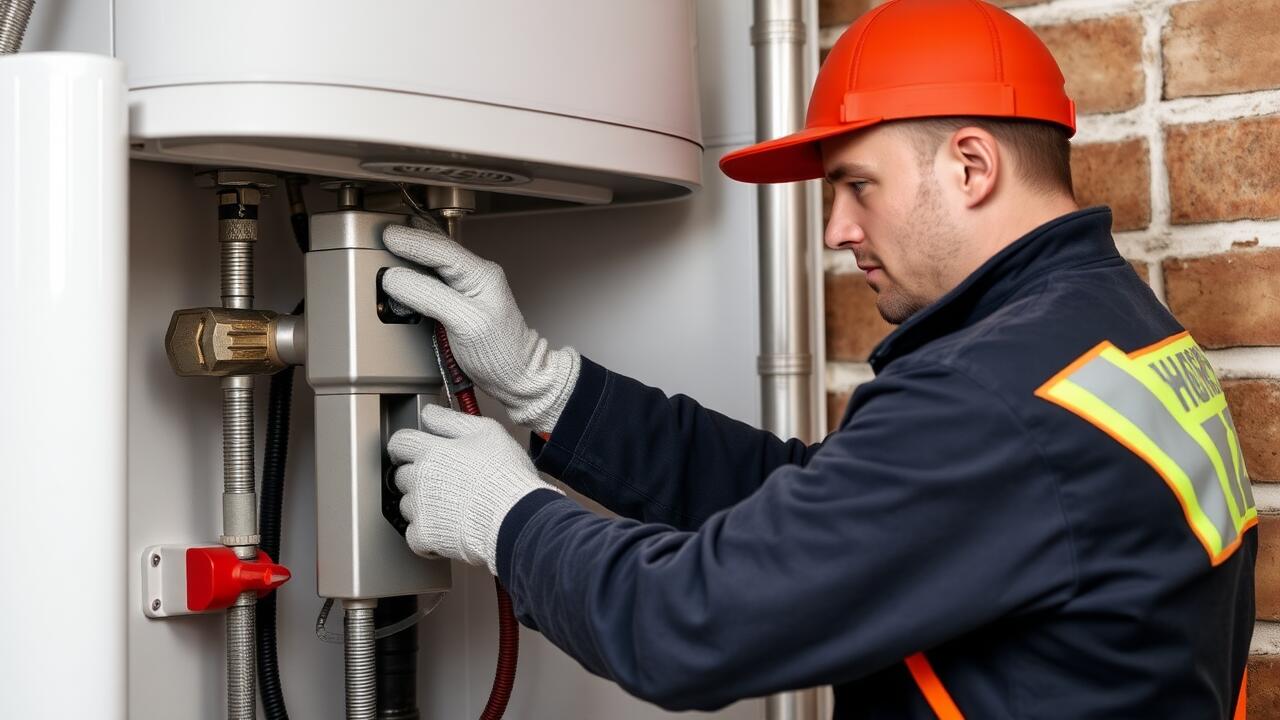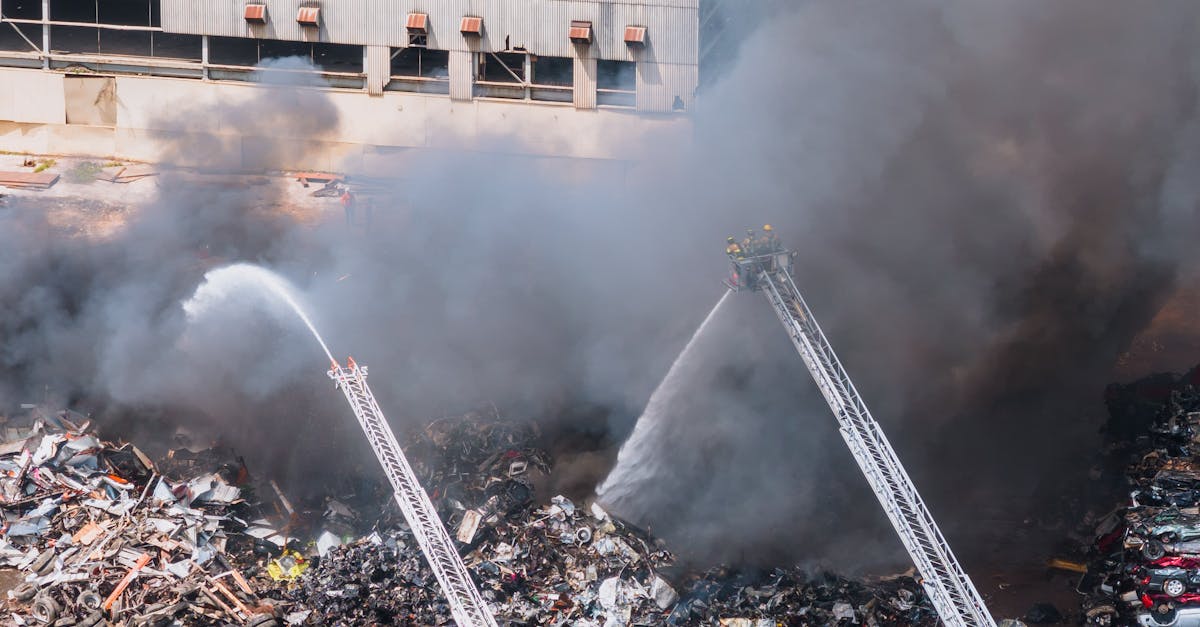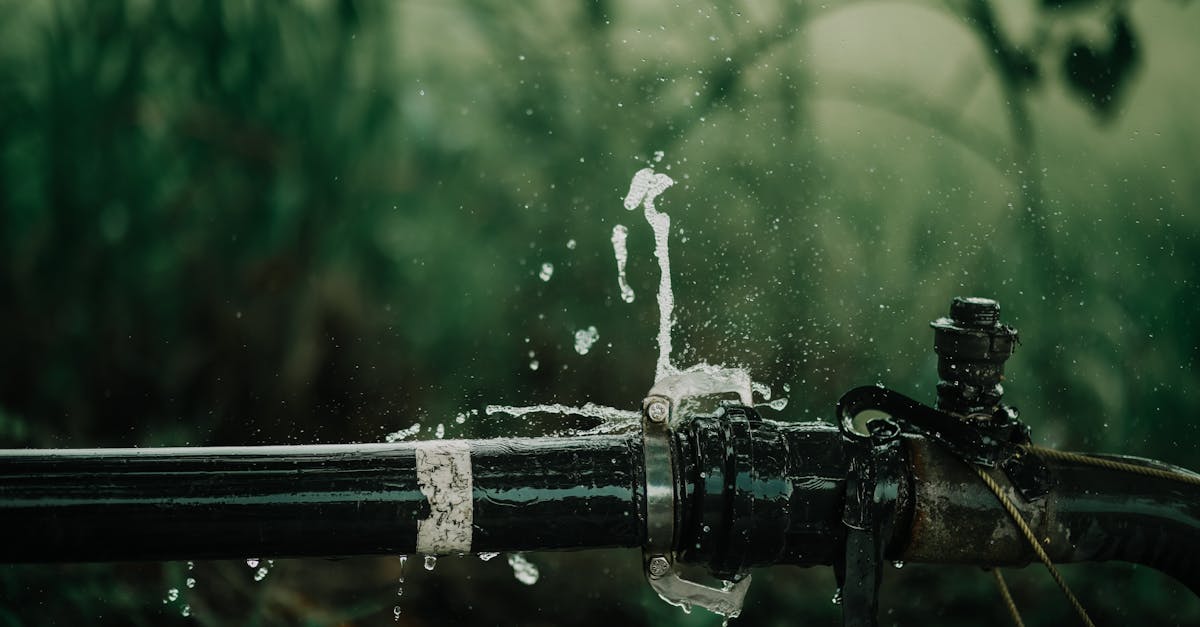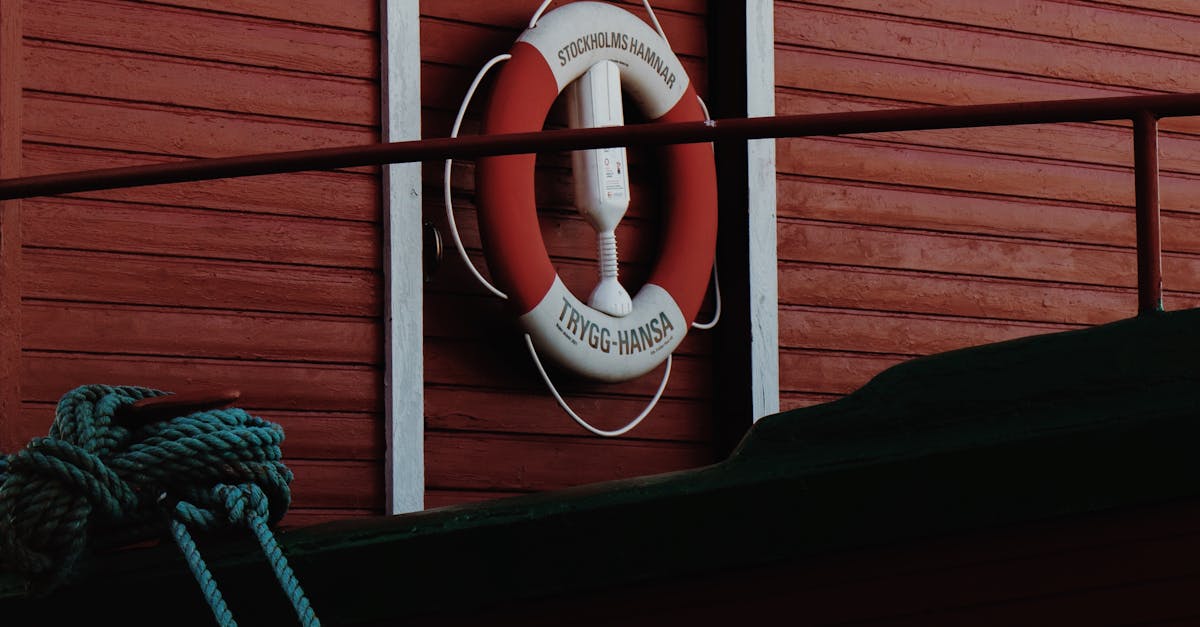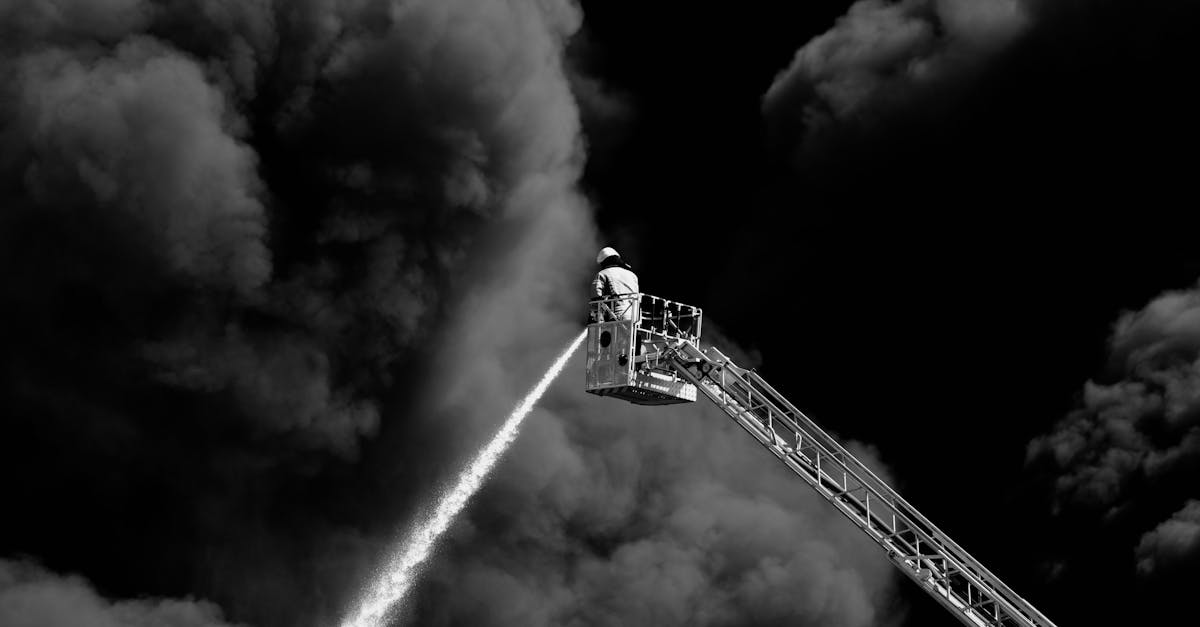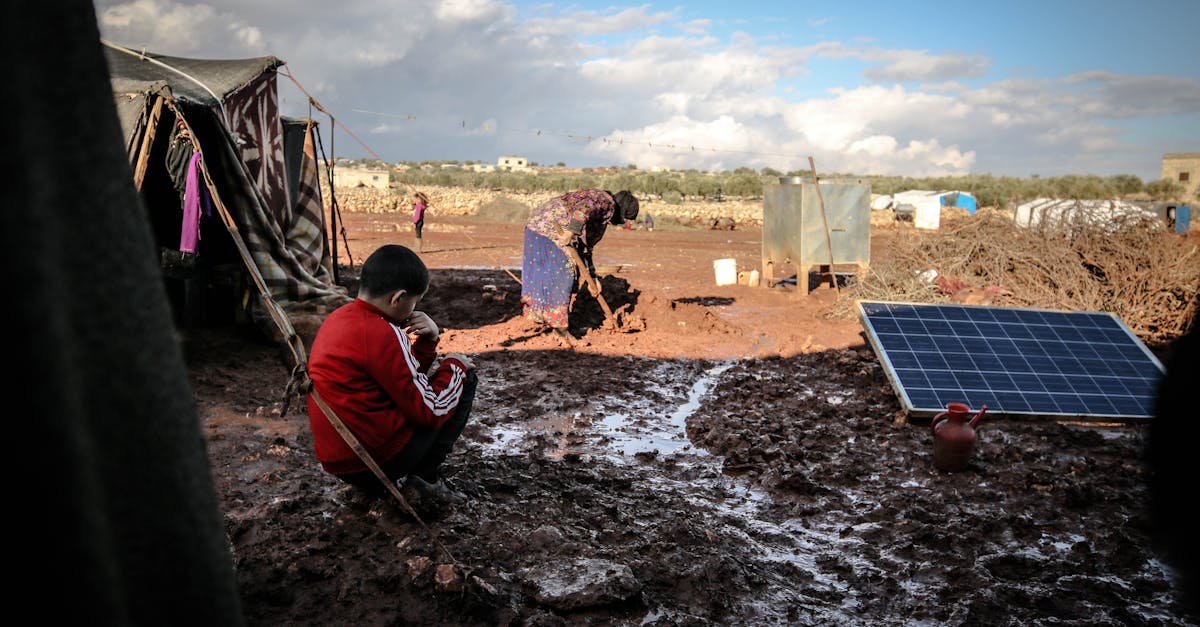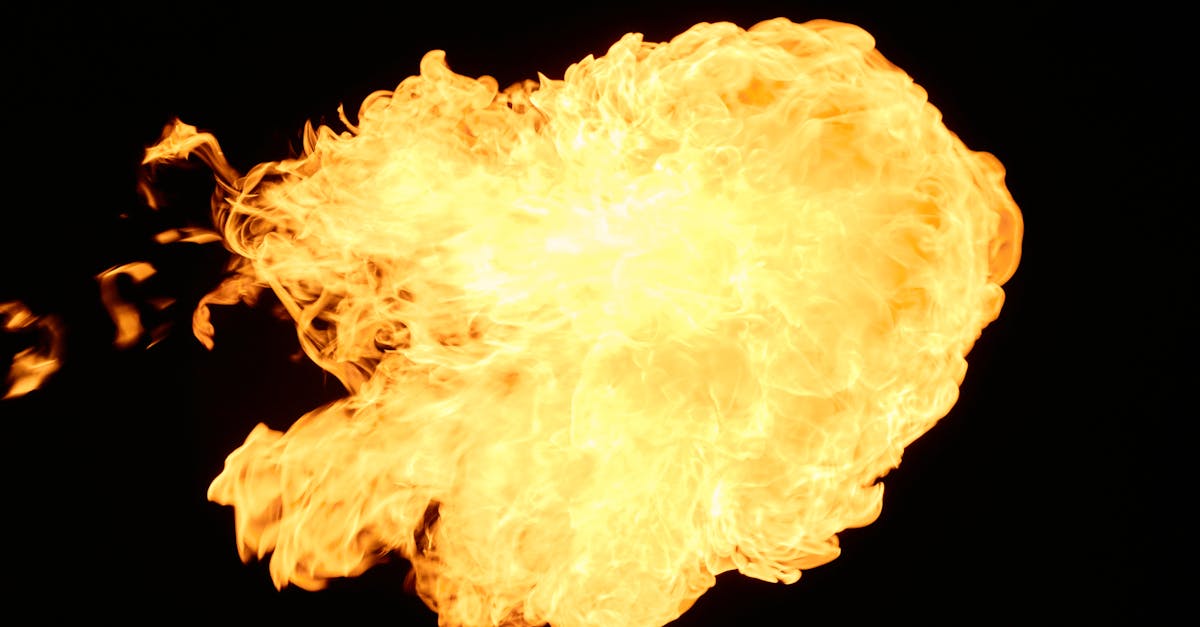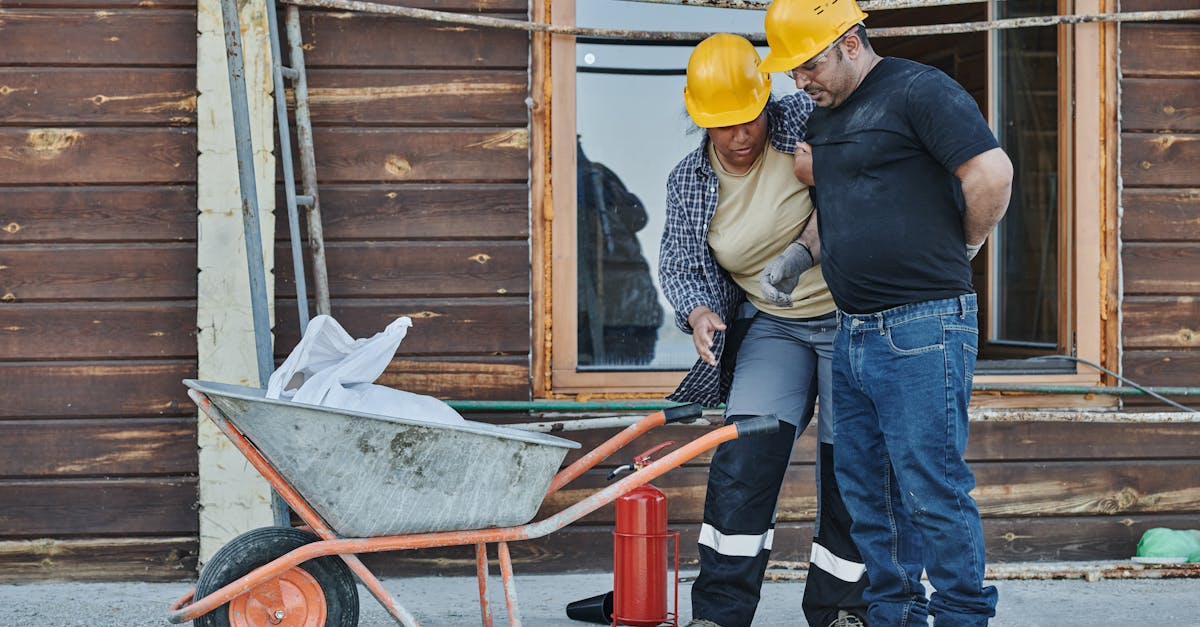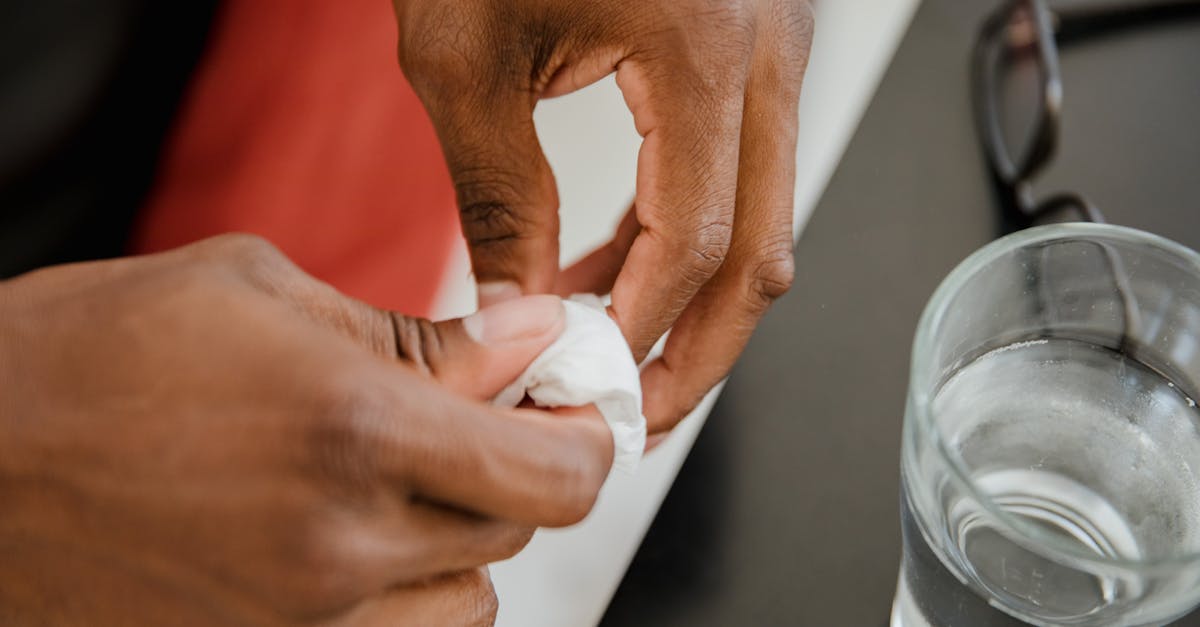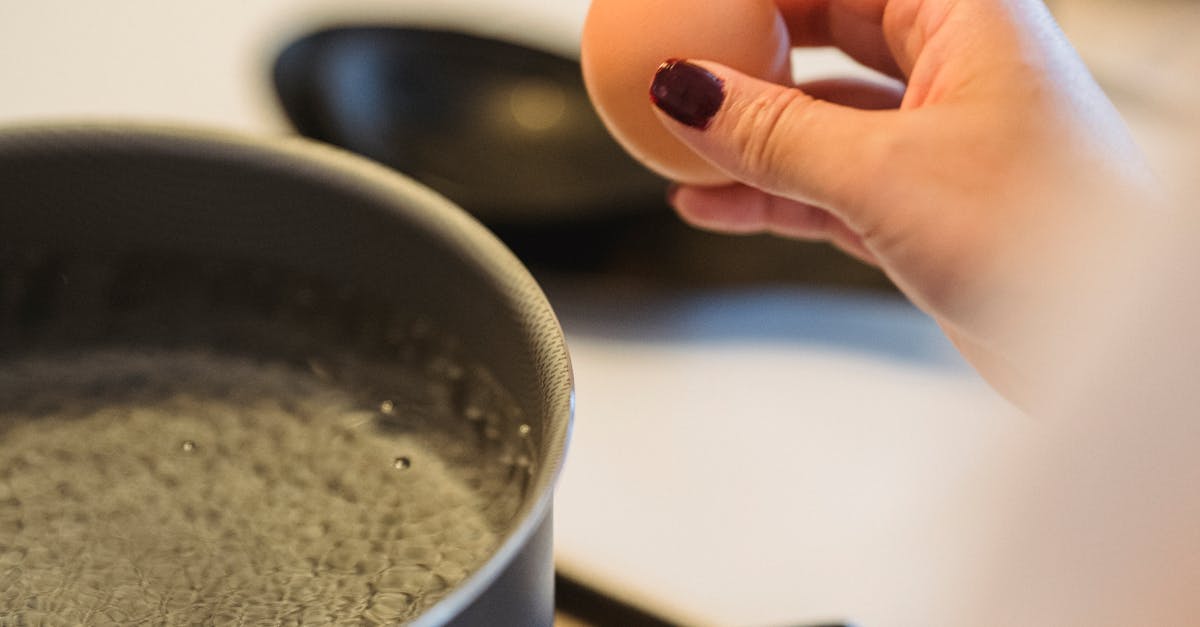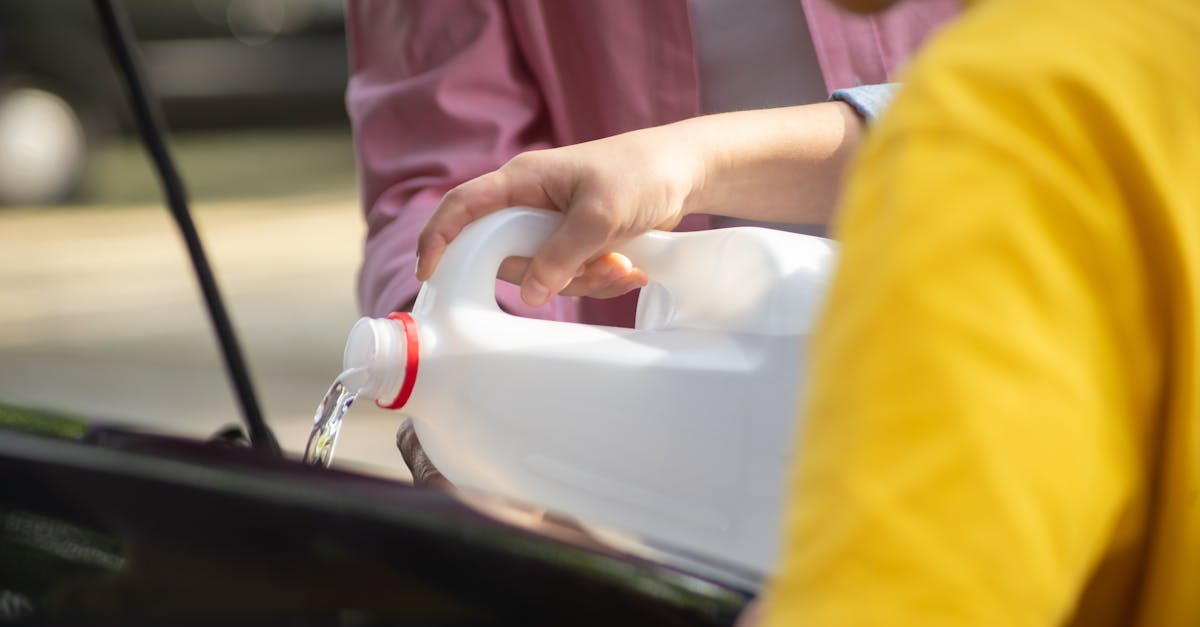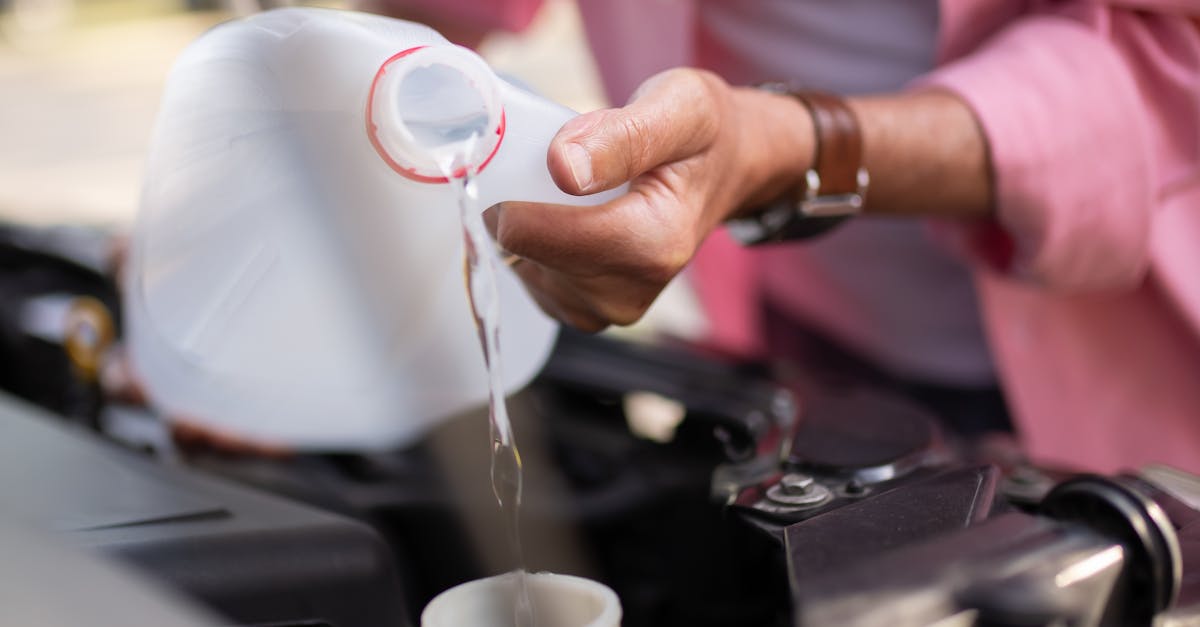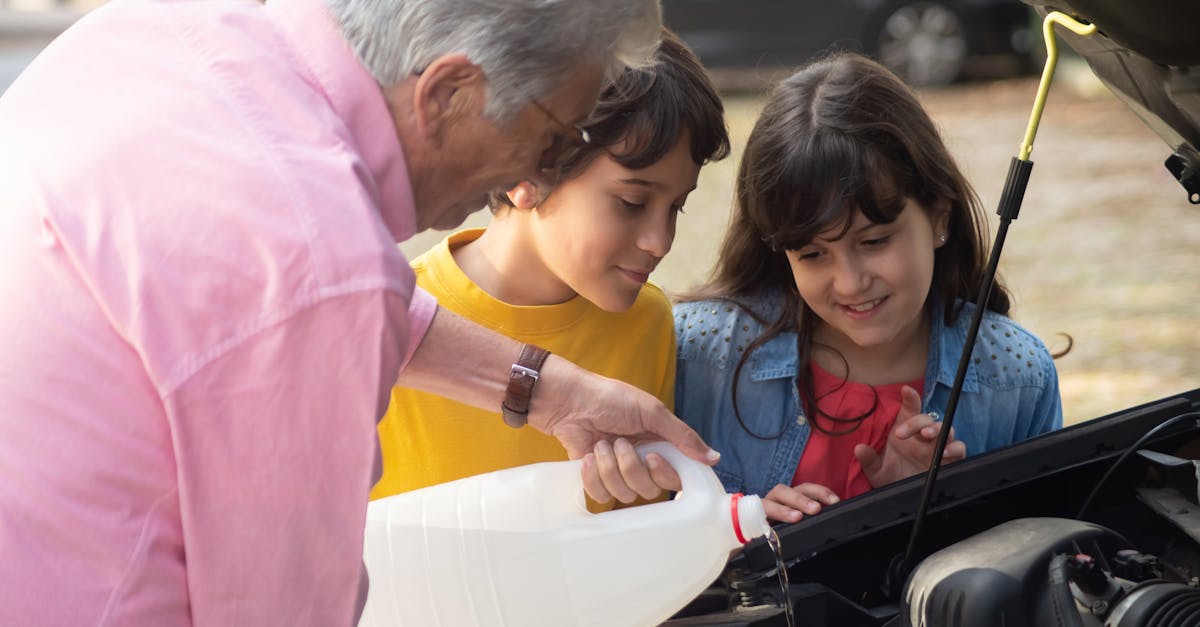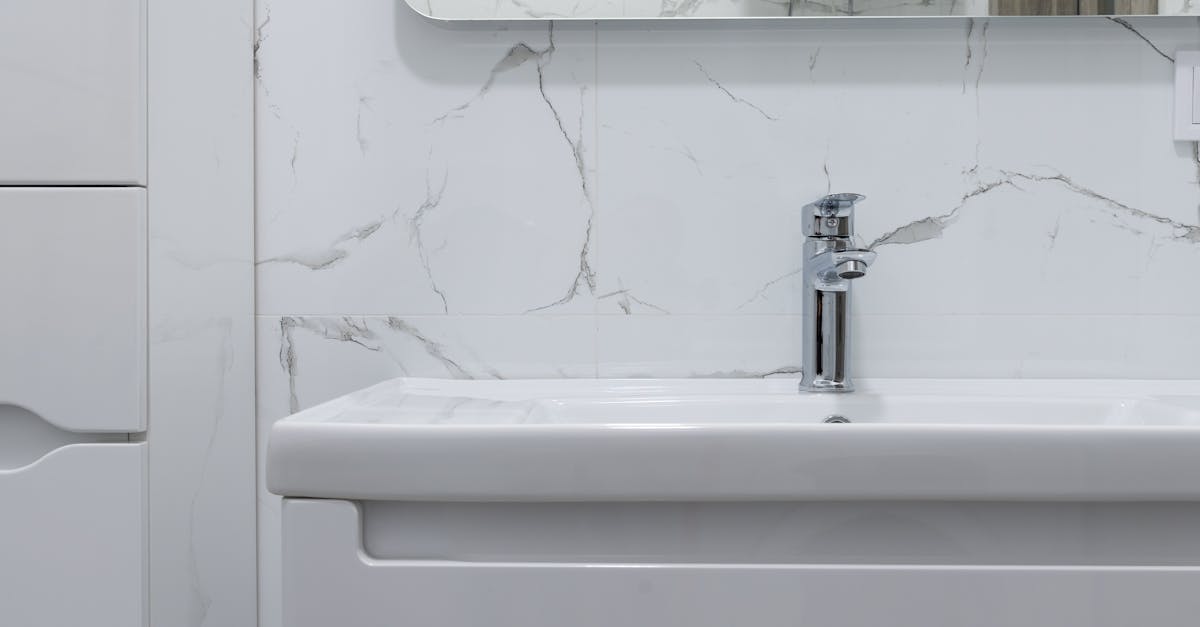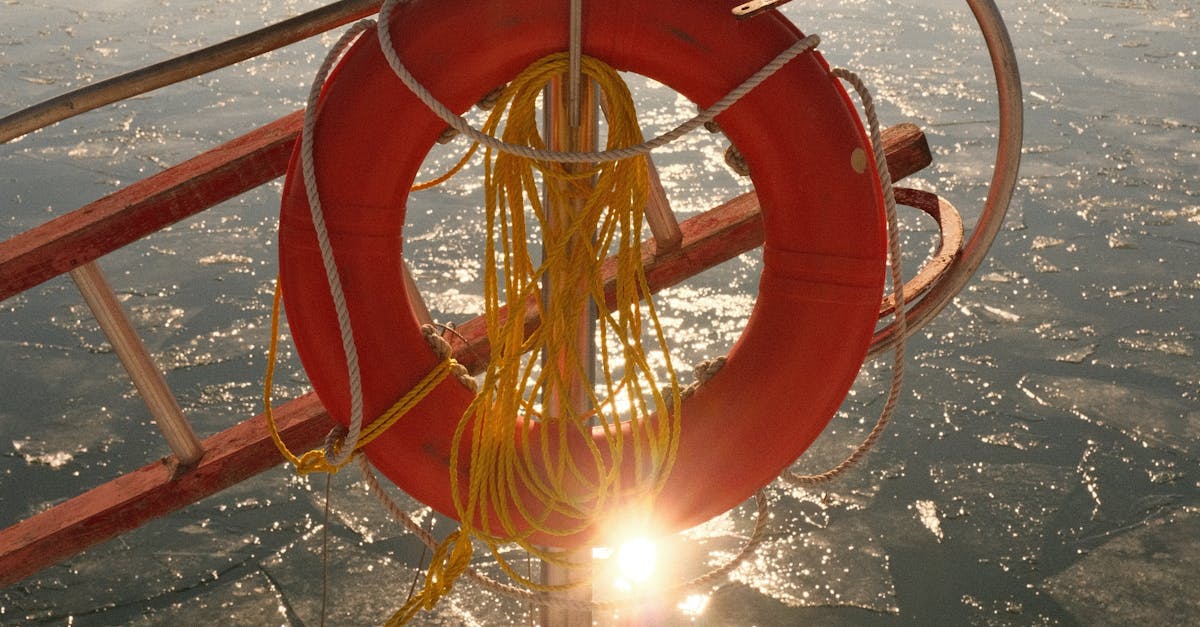
Table Of Contents
Locating the Drain Valve
The drain valve is a crucial component of your water heater, especially during situations requiring emergency hot water repair. Typically found at the bottom of the unit, the valve is designed to allow for the release of water, making it easier to conduct maintenance or repairs. Identifying its position is essential to ensure you can access it quickly when needed.
In most water heaters, the drain valve resembles a standard hose bib or spigot and is usually located on the side or at the rear of the tank. It may be necessary to clear away any obstructions or debris to gain full access. A quick visual inspection around the base of the heater should reveal the valve's location, allowing for efficient action in an emergency.
How to Find and Access the Drain Valve
Finding the drain valve on your water heater is crucial during an emergency situation. Typically located near the bottom of the unit, the valve may be on the side or front, depending on the model. Checking the heater's manual can provide specific details, especially if you're unfamiliar with the particular system in your home. It’s important to remember that safety is paramount, so make sure the heater is turned off before you approach it.
Accessing the drain valve may involve some preparatory steps. If the valve is obstructed by any items or fittings, remove them to ensure clear access. In cases where the valve is tarnished or difficult to grip, using a pair of pliers might help. This step is notable in the context of emergency hot water repair. Always ensure that you're prepared for possible water spillage during the draining process to prevent any additional clean-up.
Connecting a Hose for Draining
When preparing to drain your water heater, connecting a hose is a crucial step. Start by selecting a hose that is long enough to reach a suitable drainage area, such as a floor drain or outside your home. Ensure that the hose is durable and capable of handling hot water. Attach one end of the hose to the drain valve, ensuring it fits snugly to prevent leaks. If the hose isn’t a perfect fit, consider using hose clamps to secure it firmly.
In the case of an emergency hot water repair, timing and efficiency matter. After the hose is attached, double-check for any signs of wear or damage. It's essential to take necessary precautions, such as turning off the electricity or gas supply to the water heater before beginning. Also, remember to open a hot water tap in your home to allow air into the system, which will facilitate the draining process and help ensure that water flows out smoothly through the hose.
Proper Hose Attachment Techniques
When attaching a hose for draining water from your hot water heater, it is essential to ensure a secure connection to avoid leaks. Start by selecting a hose that is compatible with the drain valve size. It is best to use a sturdy, weather-resistant hose that can withstand hot water temperatures. If the hose has a threaded connection, ensure it is tightly screwed onto the valve to prevent any accidental disconnections during the draining process.
Once the hose is attached, direct its other end to a suitable drainage area, such as a floor drain or outside. Make sure the hose is positioned securely to handle the flow of water. If you're in the midst of an emergency hot water repair situation, monitor the hose as the water begins to drain. Being vigilant will help you address any issues promptly, ensuring the draining process goes smoothly and safely.
Opening the Drain Valve
Opening the drain valve is a crucial step in managing water from your water heater during an emergency. Before proceeding, ensure that the heater is turned off to prevent any scalding hot water from rushing out. Typically, the drain valve is located near the bottom of the tank. It can often be turned by hand or requires a wrench, depending on the model. If there’s any reluctance in turning the valve, it may be beneficial to gently tap around the valve to loosen any debris that could be obstructing its movement.
Once the valve is accessible, attach a hose securely to the drain spout. Ensure the other end of the hose is directed to an appropriate drainage area, such as a floor drain or outside, to avoid water pooling. As you open the valve slowly, monitor the flow of water. In cases of emergency hot water repair, controlling the water flow is vital to prevent flooding or damage. Proper handling during this process not only conserves water but also ensures your emergency response is effective.
Techniques for Efficient Water Removal
To efficiently remove water from your heater, ensure that the drain valve is fully open before commencing the draining process. Any obstructions in the valve can slow down the flow, so it's good practice to inspect for debris. Allow gravity to do the work, as it will naturally help the water drain out faster. Position your hose securely to ensure that no water splashes or leaks out during this critical stage of emergency hot water repair.
Using the right tools can enhance the efficiency of water removal. A submersible pump can be particularly useful if you're dealing with large volumes of water or if the water heater is located in a confined space. This method can significantly reduce the time and effort required to remove water, making it an effective solution during an emergency scenario. Keep safety at the forefront by wearing protective gear to prevent any injuries while you manage the draining process.
FAQS
Why might I need to drain my water heater in an emergency?
Draining your water heater may be necessary in emergencies such as leaks, overflowing tanks, or if the water heater is malfunctioning and needs repair.
Where can I find the drain valve on my water heater?
The drain valve is typically located at the bottom of the water heater tank. It’s a small valve that may look like a standard faucet or have a garden hose connection.
Can I use any type of hose to drain the water heater?
It’s best to use a standard garden hose that can withstand hot water. Ensure the hose is long enough to reach a suitable drainage location.
What safety precautions should I take before draining the water heater?
Always turn off the power supply to electric water heaters or set the gas valve to the "pilot" position for gas heaters. Be cautious of hot water and wear gloves to prevent burns.
How long does it take to completely drain a water heater?
The time it takes to drain a water heater can vary based on the size of the tank and the water pressure, but it typically takes between 30 minutes to 1 hour to drain completely.
